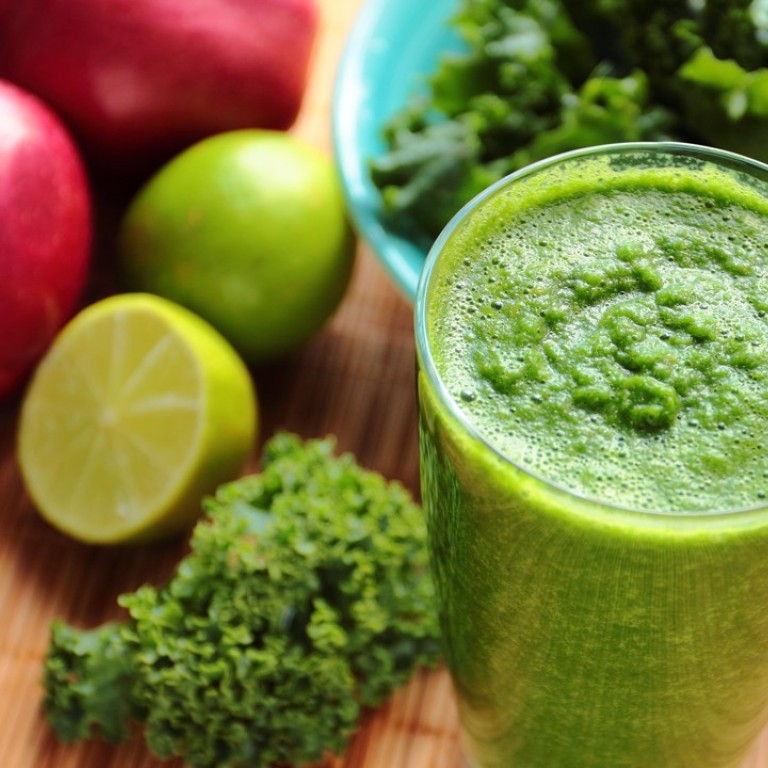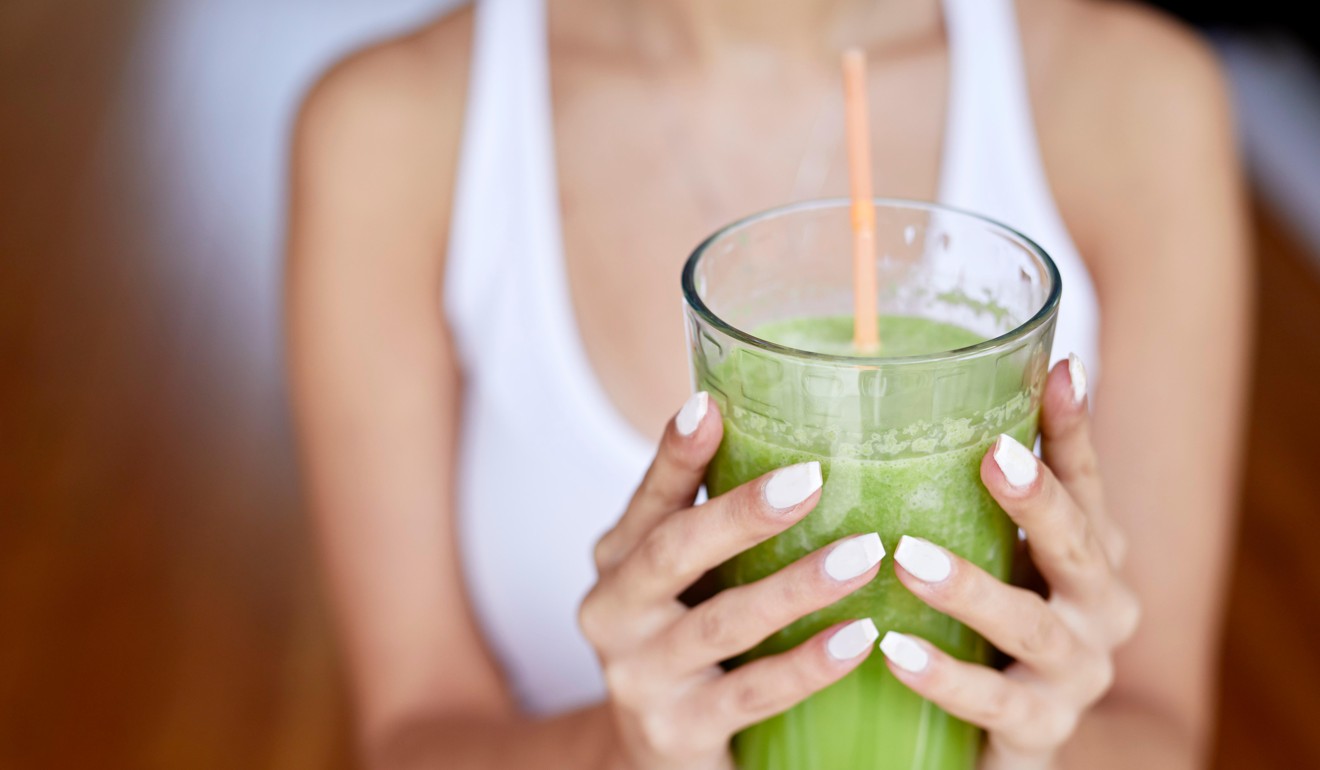
Are smoothies and juices that good for you? Two experts talk about stevia, fibre and phytonutrients and offer a delicious smoothie recipe
Smoothies, juices and ‘cleansing detoxes’ may not be as good for us as previously claimed. Two juicing experts share their views on juice cleanses, absorption of nutrients and what makes a healthy smoothie
To juice or not to juice, that is the question facing many health-conscious foodies. Reports have come out, including stories in The Telegraph and Time magazine, arguing that juicing fruits and vegetables may not be as healthy as you thought. The idea of cleansing also has as many supporters as detractors. So what’s the verdict? Here is testimony from two juicing experts to help you decide.

Raw food chef Tina Barrat says, “The question of fibre has been asked many times. But actually juicing removes only the insoluble fibres from the juice, the solubles ones are still there. Juicing is like pre-digesting and lets the body directly absorb the phytonutrients like enzymes. That is why, while drinking a freshly made juice, you may be able to feel a rush on your forearms. It’s the immediate and direct absorption by the body.”
Deanna Embury, founder of Blended for You, a Canadian-based premade smoothie company, says there is a benefit for some with specific dietary requirements when it comes to juicing, and that juicing should always remain a supplement, not a replacement, when it comes to an overall healthy diet.
“For individuals with digestive issues that have difficulty tolerating fibre, juicing can be an effective aid in getting nutrients,” Embury says.
Barrat and Embury both have one piece of advice: eat sweet fruits such as strawberries, oranges and blackberries whole instead of juicing them, as the benefits from the fibre in them counteracts the high level of sugar and calories.
Barrat says some of her go-to ingredients are leafy greens, beetroot, ginger and turmeric.
Some juices sold in Hong Kong contain toxins, tests show
Embury says doing ‘a cleanse’ – drinking a healthy juice for detox purposes – isn’t all it’s cracked up to be and can take a toll on your body.

Both Barrat and Embury say to be wary of store-made juices or smoothies, and ask questions about how your drink is being made and what is actually in it.
“As a general rule, unless specified as cold-pressed, juices and smoothies are pasteurised and lose most of the good nutrients in the process,” says Barrat. “I suggest you make your own or buy it fresh. When the shops prepare them for you, you have the choice to ask for no sugar added.”
Broccoli latte? Five other odd things baristas add to a cup of coffee
Embury adds that if you’re not sure about what’s in your drink, investigate at your favourite juice or smoothie store or read the ingredients label thoroughly.
“Ask what’s in your smoothie and avoid buying smoothies that have added sugar or use a processed sweetened yogurt or fruit juice as their base, as this will make the sugar and overall calories skyrocket. Opt for fresh made, ask for ingredient omissions and request nut-milk bases when possible.”

Embury says a good goal is to build smoothies or juices that have a proper balance of carbs, proteins and healthy fats – and keep the sugars to a minimum.
When it comes to calorie intake from that juice or smoothie, Embury says to shoot for somewhere between 300 and 500, and break down other nutrients as follows: carbs: 40 per cent to 50 per cent, protein: 20 per cent to 30 per cent, healthy fats: 25 per cent to 35 per cent, and eight to 12 grams of fibre.
Turmeric: the wonder food that should be every Hongkonger’s cup of tea
A recent article in Forbes magazine estimates that the juicing and smoothie industry now generates around US$3.4 billion a year and is capitalising on what is known as the “clean food revolution.” Both Barrat and Embury say juicing and smoothies can be great for you, but not all drinks are made the same and using them to replace, rather than aid, parts of a healthy diet are not recommended.

Blended For You Green Smoothie recipe, courtesy of Deanna Embury
2/3 cup pineapple, frozen unsweetened
½ cup avocado
2 cups organic spinach
1/5 cup fresh ginger
1 tsp fresh turmeric (opt for powdered if fresh is not available)
1 tsp spirulina
1 tbsp chia seeds
1 tbsp vegan protein blend (we prefer a ½ scoop portion so it doesn’t take away from the tropical flavour of the smoothie)
2/3 cup coconut milk, unsweetened (carton/bottle, not canned)
½ cup cold water (adjust for your desired consistency)
Blend until smooth and enjoy.
Calories: 360
Carbs: 39g
Protein: 23g
Fat: 12g
Fibre: 13g

